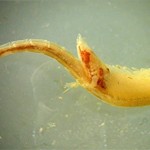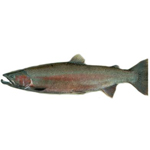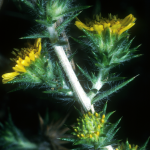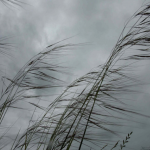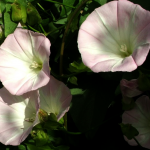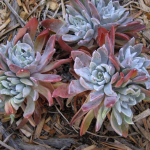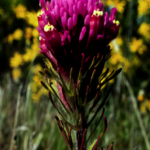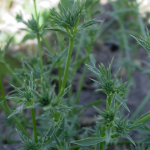In the Works
Remediation & Restoration
Chevron proposes to remediate and restore the San Luis Obispo Tank Farm property to address soil and groundwater below and above the surface at the site. The 1926 fire left oil residue, incompletely burned tar-like crude oil resembling asphalt on and below the ground surface, and petroleum hydrocarbons dissolved in groundwater.
Human Health
The Surface Evaluation, Remediation and Restoration Team (SERRT) completed an ecological and human health risks assessment in 2004. The team was comprised of participants from:
California Department of Fish and Wildlife, Office of Spill Prevention and Response
Central Coast Regional Water Quality Control Board
City of San Luis Obispo Community Development
San Luis Obispo County Air Pollution Control District
San Luis Obispo County Environmental Health Services
San Luis Obispo County Planning and Building Environmental Notices
U.S. Army Corps of Engineers, Los Angeles District
U.S. Fish and Wildlife Service
The assessment showed that potential health risks at the property are less than the acceptable levels set by the San Luis Obispo Air Pollution Control District, San Luis Obispo County Environmental Health Services and State and Federal Environmental Protection Agencies.
The assessment also showed that the San Luis Obispo Tank Farm property can be safely used for recreation and business and industrial development. Remediation moving forward will consist of:
- Eliminating potential points of contact between contaminants and people who may visit or work at the site
- Minimizing environmental impacts using green remediation techniques
- Using excavated material from the San Luis Obispo Tank Farm property to backfill and cap areas impacted by oil residue
- Groundwater monitoring
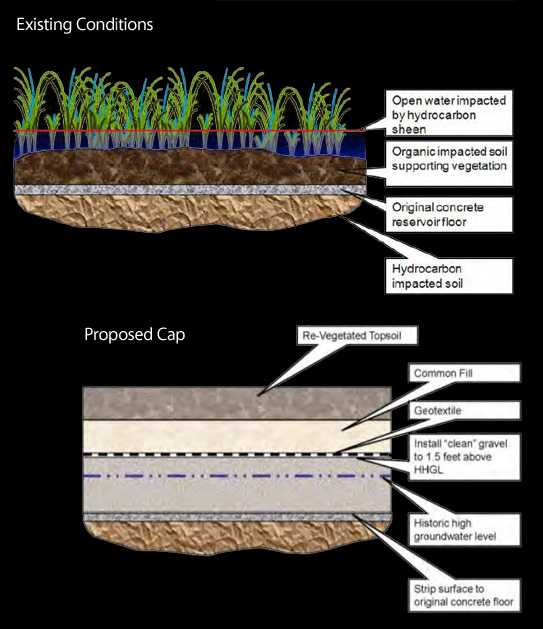
Ecological Health
Chevron will restore and enhance on-site wetlands and waters, including:
- Eliminating points of contact between contaminants and animals
- Restoring and preserving habitat for vernal pool fairy shrimp and other wildlife species including Wintering Burrowing Owls and Great Blue Herons
- Restoring rare plant habitat areas including Congdon’s Tarplant, Owl’s Clover, Morning Glory, Purple Needlegrass and Serpentine Dudleya
- Increasing habitat value and function


